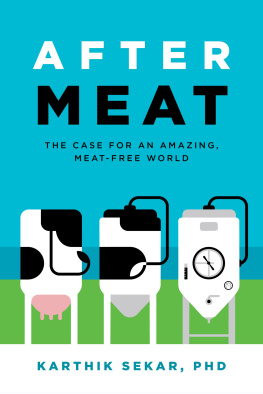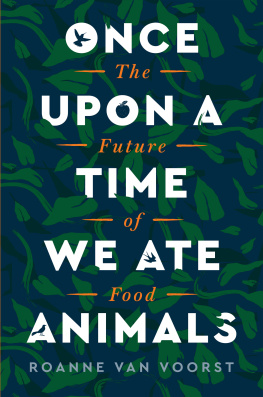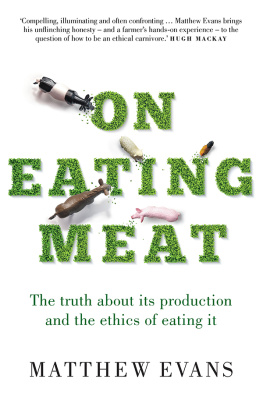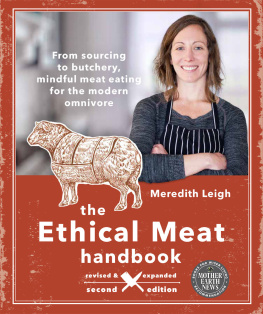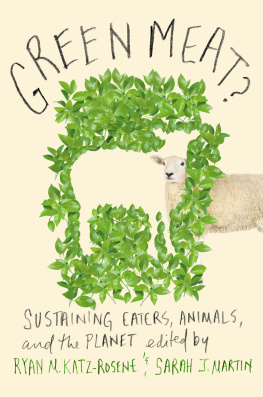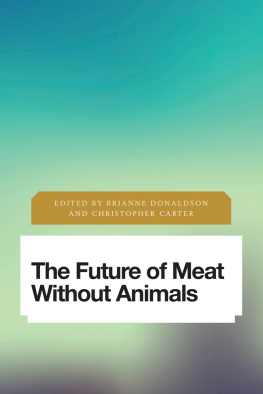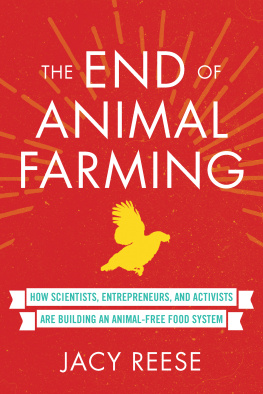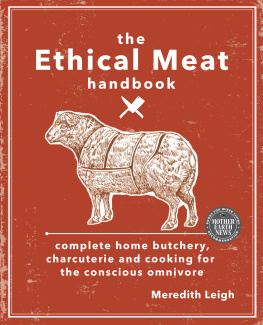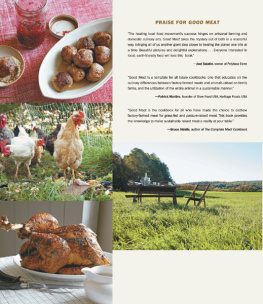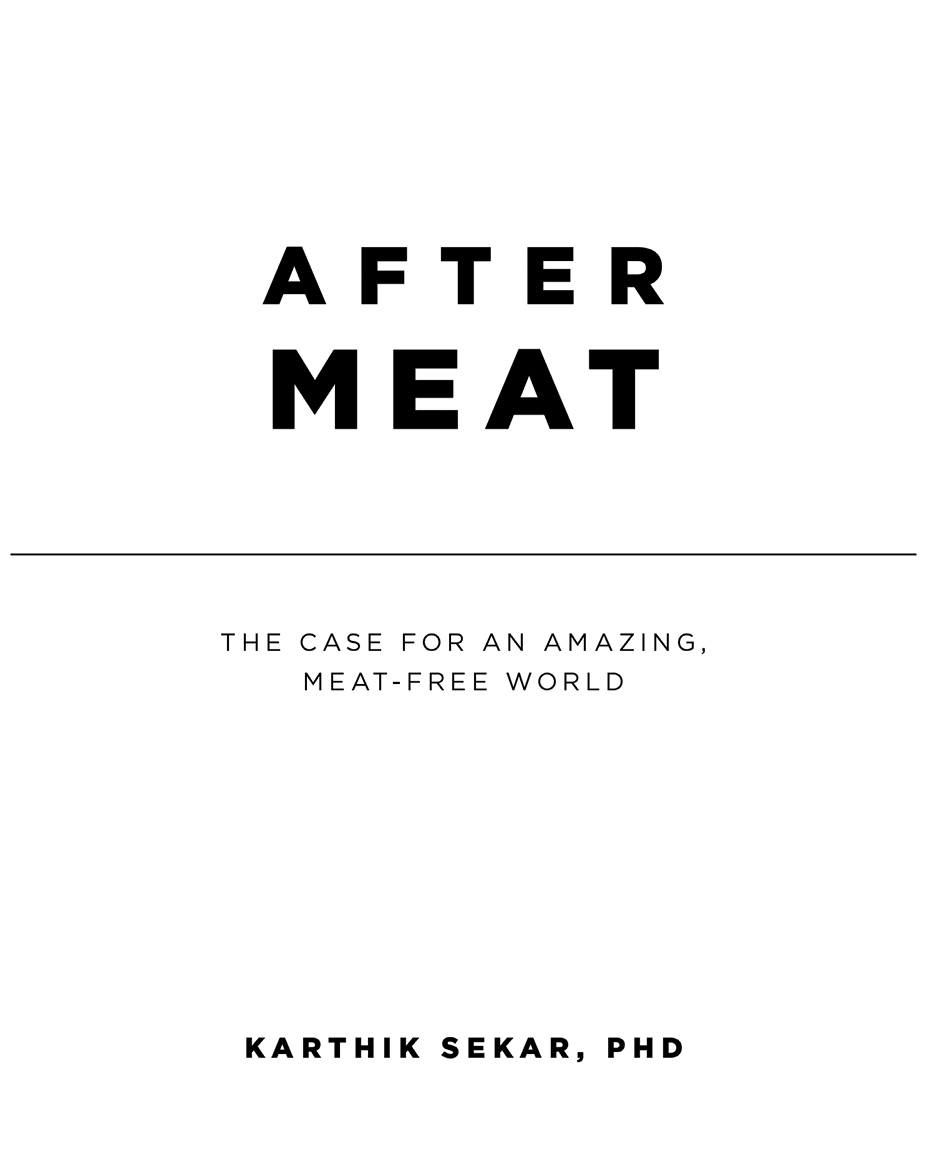Copyright 2021 Karthik Sekar.
All rights reserved.
All illustrations, figures, and tables were created by Karthik Sekar. Pictures of golden retrievers are reproduced via the FreeImages.com license agreement from photographers Herv de Brabandre and Rachel Kirk. The Citric Acid Cycle figure was modified from one originally illustrated by WikiUsers Narayanese, WikiUserPedia, YassineMrabet, and TotoBaggins and is acknowledged under the Creative Commons license BY-SA 3.0. The Mississippi River figure was modified from one originally illustrated by WikiUser Shannon 1 and is acknowledged under the Creative Commons license BY-SA 4.0. Image of Thch Qung c by Malcolm Browne for the Associated Press and available in public domain.
ISBN: 978-0-578-97736-2 (digital)
Library of Congress Control Number: 2021913190
Front cover image by Julia Allum (juliaallum.co.uk)
Book design by Tom Morgan, Blue Design (www.bluedes.com)
Printed in the USA
First printing edition 2021.
Published by Karthik Sekar
San Francisco, CA USA
www.aftermeatbook.com
Introduction
Welcome to After Meat . Im humbled and gratified to have your time and attention. I intend to make the most of it. Im Karthik, a scientist in the alternative food space with a research career in biochemical engineering and quantitative/systems biology.
I suspect that youre roughly familiar with the moral and environmental arguments for moving away from animal products, or at the very least, you hold an inchoate sense that animal products are detrimental to the environment and are unethical. Perhaps youre already convinced, as I am, that the eventual replacement of all animal technologymans use of animals as anything other than petsi.e. as a source of food, clothing, medicines, or cosmeticsis inevitable. Specifically, you and I might believe that, in the future, humanity will completely eschew traditional animal technology and embrace the clean meat and clean protein revolutions, in which consumer goods are sourced from plants and grown via advanced cellular technology.
The movement away from animal-based foods already has tremendous momentum. Corporate fast food giants Burger King and McDonalds predicts that a quarter of all Brits will be vegan or vegetarian by 2025.
All this being said, I suspect that you might be unfamiliar with the technological reasons for moving away from animal products, and thats the focus of this book. Simply put: raising animals for consumption is an awful technology. All indications suggest that the future of food will ultimately be tastier, healthier, cheaper, kinder, and better for the environment. This will happen because we wont use animal products.
In Chapters 1 and 2, well discuss a model for how technical progress works. In Chapter 3, we look at the cow as an example, and examine this animal as a bioreactor that society uses to produce steaks, leather, and milk. A cow takes more than a year to grow, and we waste more than ninety percent of what we feed the animal to reach the commercially desired body mass, due to the fundamental physics of cow biology (Chapter 4). These are irretrievably terrible metrics. We can do much better with alternative technologies, such as microbial fermentation, which will also be easier to innovate for process efficiency, taste, nutrition, and any other qualities we need or care about (Chapter 5).
An optional, more technical chapter (Appendix A) explains that perfect futurology is impossible, per the laws of physics, so I recommend reading the appendix before you start Chapter 5, which references the appendix. Even though we cant predict the future precisely, we can predict with confidence that traditional animal technology will be replaced based on the best technology and knowledge innovation model. Animal products will be replaced. The question is not if ; it is when and how .
Further chapters explore issues adjacent or complementary to the technological argument. Chapter 6 explains that animal technology is not necessary for complete nutrition. Chapter 7 discusses how humanity derives and can recalibrate pleasure, an attribute often ascribed to meat-eating. Chapter 8 explains our culinary history and projects a resplendent future gastronomy thats free of animal products. Chapter 9 discusses the role of large institutions, such as government, in facilitating our innovation machine and specific plays for animal technology replacement. In Chapter 10, I explain what every person can do to move humanity beyond our reliance on animal products.
While this book focuses on the technological argument, I wrote it ultimately out of my compassion for animals and their welfare. I hope to accelerate the adoption of a similar attitude in the greater population. I suspect that, once technology has allowed alternatives to outcompete animal products and/or replaced them, well societally militate against animal products just as we did against child labor and lead paint. Eventually, well universally reevaluate how we treat animals, viewing our past behavior with despair and regret, similar to how we now chide ourselves for our history of tolerating slavery and subjugating women. However, I did not want the morality argument to distract from the main argument that a world after meat is an inevitable reality based on technological innovations. I have, accordingly, allowed this argument to take center stage in Chapter 11, the final chapter.
After Meat covers many topics: biology, physics, chemistry, philosophy, economics, policy, neuroscience, and engineering. The breadth and depth of these topics are supported with a summary and list of defined terminology located at the end of each chapter; though, you might want to read them before tackling the chapter. I suspect this will ease understanding, especially for the more technical first half of the book.
Despite my use of an absolutist tone and verbiage, I do welcome well-intentioned disagreement and clear refutations of anything presented here. Being wrong is part of the knowledge-generation process (Chapter 2), which I hold in the utmost regard. In fact, I take it a step furtherI predict many of these ideas will be proved wrong or become outdated. Knowledge is ephemeral, much of it waiting to be replaced by more precise understanding as civilization and scientific exploration develops. Probabilistically, its more likely for something in this book to be wrong simply because there are so many claims here. Therefore, please reach out to me via blog, email, or otherwise to engage about these ideas.
Back and forth emails with beta readers have been some of the most fruitful and joyful parts of writing this book. If contacted, I cannot guarantee that Ill always respond, but know that Ill always appreciate your effort, especially if we both value knowledge generation in good faith: we seek the truth and the best ideas, and we are willing to change our own beliefs.
I will assert many controversial points, and I expect pushback. I hope some of the ideas will gain wider acceptance in the coming years, so much so that theyll seem unremarkable in twenty or thirty years. I ask for a nuanced approach to After Meat . Sure, even I might come to regard the chapter on nutrition as baloney within two months of release, but that doesnt automatically discredit the chapter on the intractability of animal technology. Most of the claims can stand independently. An anodyne, risk-adverse book will not push progress and solve as many problems. Instead, Ive strived to make many interesting claims that can be proven false because ultimately thats how we all learn.

